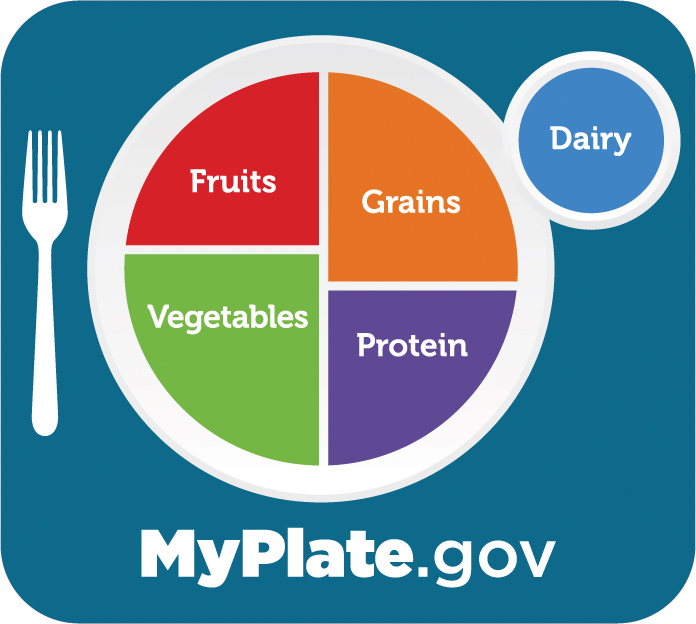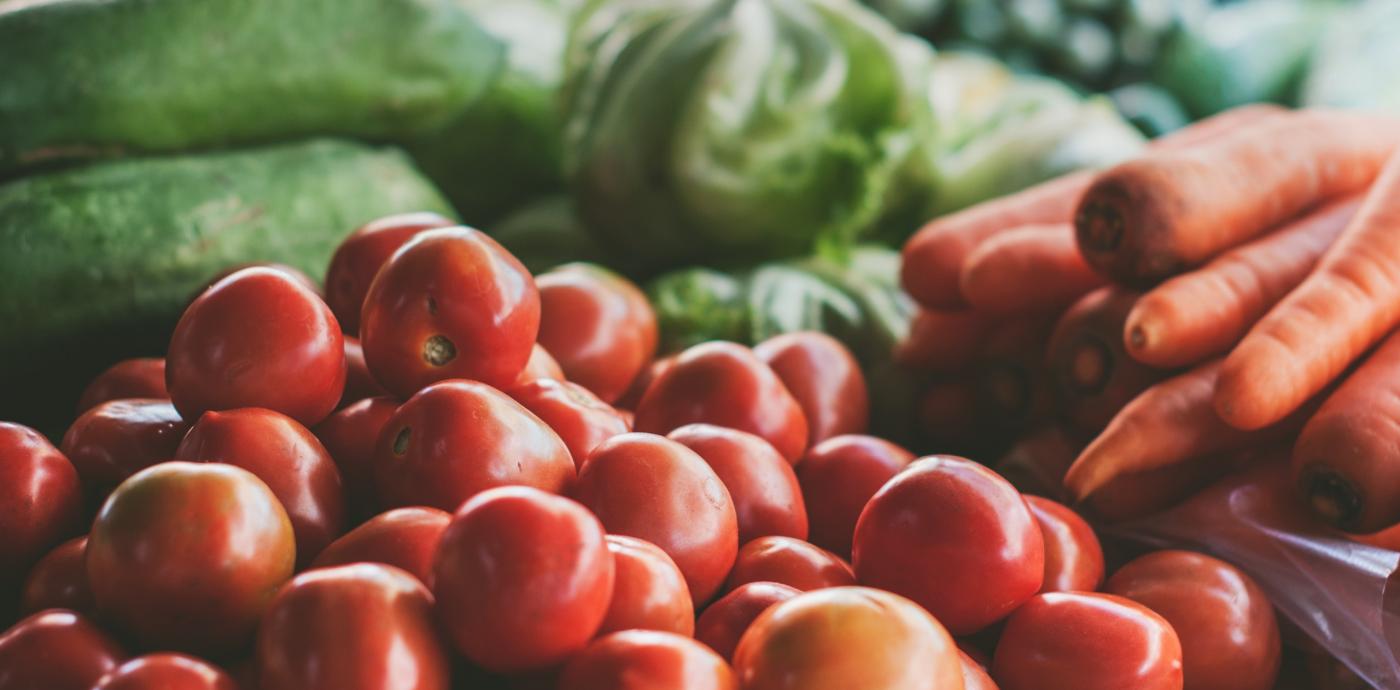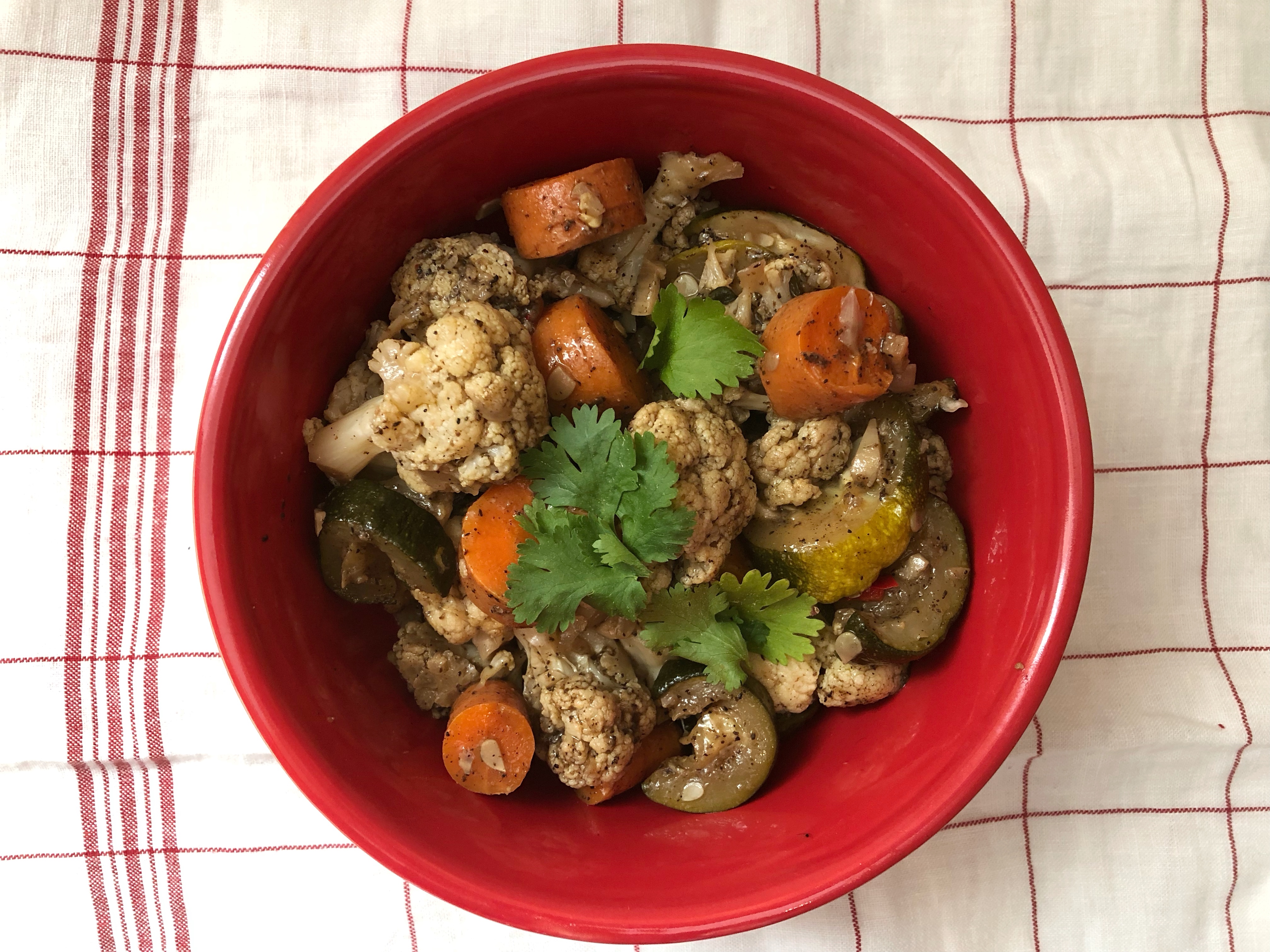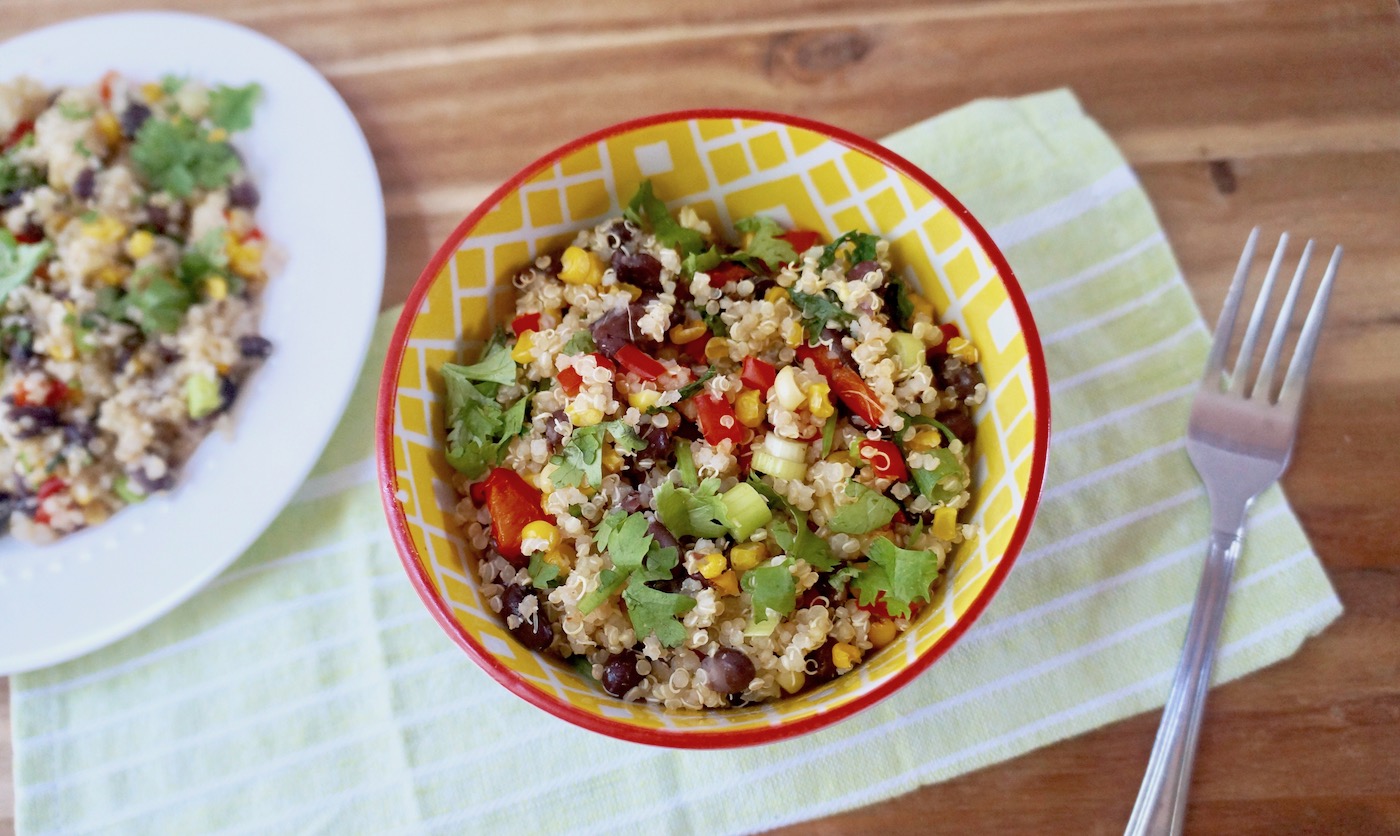Oldways is proud to be a MyPlate National Strategic Partner
As a nutrition education nonprofit whose mission is to inspire people to embrace the healthy, sustainable joys of the “old ways” of eating, our programming features the five food groups from MyPlate in inviting and easy-to-use recipes and resources.
Oldways is especially well aligned with the Dietary Guidelines for Americans’ recent focus on healthy dietary patterns, given our organization’s history in promoting healthy, culturally relevant eating patterns such as the Mediterranean Diet. Additionally, our A Taste of African Heritage 6-week cooking and nutrition curriculum, which is included in the online SNAP-Ed Library, includes references to the DGA and MyPlate (including the MyPlate graphic) throughout each chapter.
FRUITS
Fruits are a natural source of sweetness in healthy traditional diets around the world, from bananas in the Caribbean, to citrus in the Mediterranean, to mangos in Southeast Asia. While it’s true that fruits have natural sugars, the sugar you consume when you eat fruits “earns its way” by bringing along all kinds of useful vitamins, minerals and fiber. For the biggest nutritional impact, focus on whole fruit.
- 6 Simple Swaps to Cut Back on Added Sugar with Fruit
- Is it Ripe? How to Store Fruits and Vegetables
- RECIPE: Watermelon Granita
VEGETABLES
Vegetables are the foundation of any healthy diet. Historically, our ancestors ate with the seasons, highlighting abundant garden-fresh produce whenever possible. Today, shopping with the seasons yields more delicious, sustainable, and often more affordable foods in your cart. That said, when fresh vegetables aren’t affordable or available, turn to canned, frozen, and dried foods to get the nutrients you need while staying within your budget. Vary your veggies by trying different types and colors each week.
- The Oldways Cart: A Simple Guide to Eating Well
- You Can Do It: 360 Clever Ways to Use Pantry Staples E-Book
- RECIPE: Adobo-Inspired Vegetables
GRAINS
Grains are the most important source of food worldwide, providing nearly 50% of the world’s calories. Most of the grain kernel’s nutrients – and flavor – are in the bran and the germ, which are routinely stripped out to make white flour. That’s why the Dietary Guidelines for Americans recommend making at least half of our grains whole.
DAIRY
Dairy foods provide a number of important nutrients such as protein, calcium and phosphorus, which help build and maintain strong bones. However, not all dairy foods are created equal, and the levels of nutrients can vary depending on the type. The Dietary Guidelines for Americans recommend choosing low-fat milks and yogurts. Another nutritional consideration is how the dairy food is made and processed. For centuries, thrifty cooks have kept fermented dairy products in their kitchens (think of Greek yogurt, and traditional cheeses like Parmigiano-Reggiano!) Our ingenious ancestors discovered fermentation as a way to preserve food, using “friendly bacteria” to crowd out harmful pathogens.
- The Cheese-Lover’s Guide to Cooking with Traditional Cheeses
- FAQs for Cheese Lovers
- RECIPE: Figs Stuffed with Blue Cheese
PROTEIN
Protein foods are important to include at each meal, so try mixing it up with a variety of different animal (eggs, chicken, fish) and plant (beans, chickpeas, tofu, peanut butter) sources. Because animals were expensive and required a lot of land to graze, meat consumption in many traditional diets was mostly limited to holidays, religious rituals and special occasions. Today, we are learning that mostly plant-based diets, where meat is used as more of a garnish, has numerous health and environmental benefits.
- Vegetarian Protein Plant Sources
- Expert Tips for Incorporating Seafood into Your Diet
- RECIPE: Slow Cooker Chicken Tikka Masala with Chickpeas and Kale











